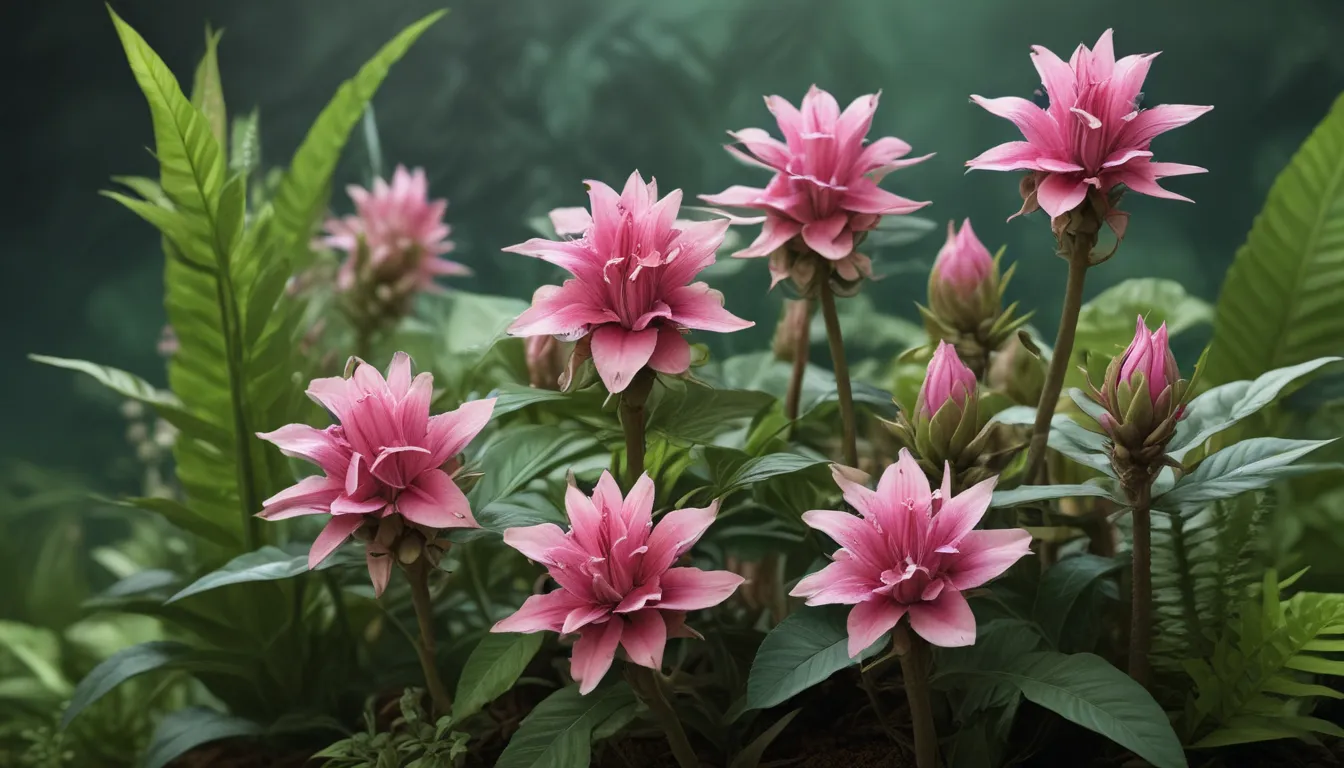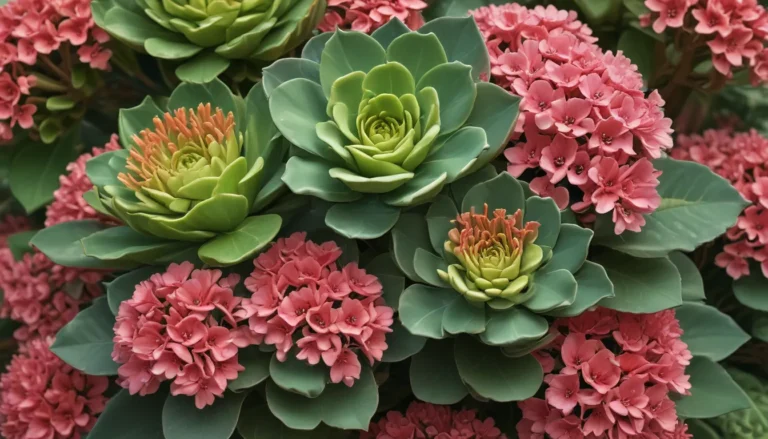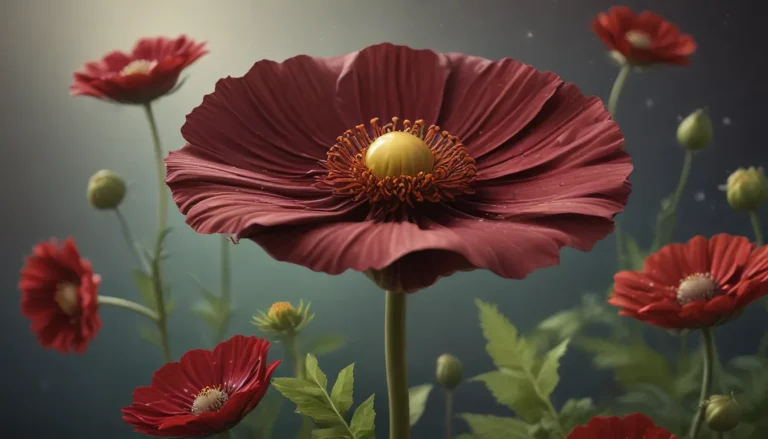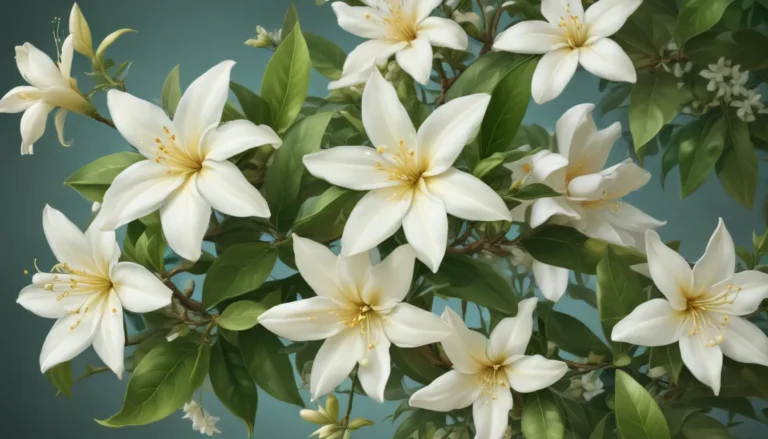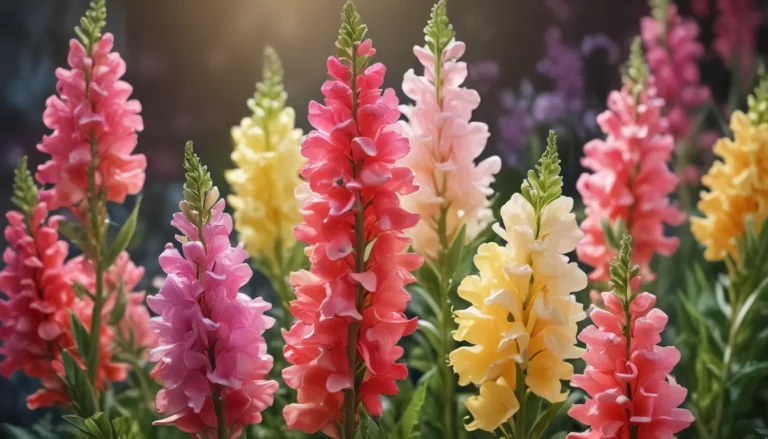The pictures we use in our articles might not show exactly what the words say. We choose these pictures to make you interested in reading more. The pictures work together with the words but don’t take their place. The words still tell you the important facts.
Are you looking for a plant that not only adds visual appeal to your garden but also offers ecological benefits and medicinal properties? Look no further than Turtlehead, also known as Chelone, a remarkable plant native to North America. With its vibrant, turtle-like flowers and low-maintenance nature, Turtlehead is a standout choice for any garden or landscape. In this article, we will explore 20 extraordinary facts about Turtlehead that make it a unique and valuable addition to your outdoor space.
Discovering the Beauty of Turtlehead
The Turtlehead plant gets its name from the unique shape of its flowers, which resemble the head of a turtle. With its curved hood-like structure and slightly open mouth, the Turtlehead plant is easily recognizable and adds charm to any garden. Native to North America, the Turtlehead plant can be found in regions such as eastern and central United States and eastern Canada. Its natural habitat includes moist woodlands, stream banks, and wet meadows, where it thrives in areas with ample shade and consistent moisture.
A Variety of Turtlehead Species
Within the Chelone genus, there are several species of Turtlehead plants, each with its unique characteristics but all sharing the distinctive turtle-like flowers. Common varieties include Chelone lyonii, Chelone obliqua, and Chelone glabra, all of which boast vibrant blooms in shades of pink, purple, and white.
Turtlehead: Low Maintenance and Medicinal
One of the remarkable qualities of the Turtlehead plant is its low-maintenance nature. Ideal for beginner gardeners or those seeking easy-to-care-for plants, Turtlehead is relatively easy to grow and requires minimal care once established. In addition to its visual appeal, Turtlehead also has medicinal properties. Traditional herbal medicine has utilized various parts of the plant to treat ailments such as digestive issues, respiratory problems, and more. However, it is advisable to consult a professional before using any plant for medicinal purposes.
Attracting Pollinators and Resisting Deer
Turtlehead plants are not only visually stunning but also serve a functional purpose in the garden. With their vibrant flowers and nectar-rich blooms, Turtlehead plants attract pollinators such as bees, butterflies, and hummingbirds, supporting a healthy ecosystem. Additionally, Turtlehead plants are deer-resistant, making them a valuable addition to landscapes where deer are common, ensuring that your garden remains untouched and intact.
Versatile and Beautiful
In addition to their unique flowers, Turtlehead plants showcase heart-shaped leaves that add texture and visual interest to the plant. They can tolerate partial shade, making them suitable for a variety of garden settings, and have a long blooming period that extends from late summer through early fall, providing continuous color. Their adaptability to different soil types, including clay, makes them a versatile choice for gardeners in various regions.
Ecological Contributions and Native Alternatives
Turtlehead plants play a vital role in supporting pollinators and wildlife, acting as a host plant for butterflies like the Baltimore Checkerspot. By including Turtlehead plants in your garden, you can contribute to the conservation of these beautiful butterflies. Furthermore, Turtlehead plants are an excellent native alternative to non-native species, supporting local ecosystems and biodiversity.
Cultivating Turtlehead in Your Garden
Whether you choose to grow Turtlehead plants from seeds or divisions, they require moist soil conditions and regular pruning to maintain their shape. With their unique features and ecological contributions, Turtlehead plants are a delightful and sustainable choice for gardeners. From rain gardens to cut flower arrangements, Turtlehead offers a wealth of possibilities for enhancing your outdoor space.
Conclusion: Embracing the Wonders of Turtlehead
In conclusion, Turtlehead plants are truly extraordinary in their beauty, versatility, and ecological significance. From their vibrant blooms and deer-resistant qualities to their medicinal properties and role in supporting pollinators, Turtlehead is a plant that deserves recognition and admiration. Whether you're a seasoned gardener looking to attract pollinators or a nature enthusiast seeking a visually striking plant, Turtlehead is an excellent choice. Explore the wonders of Turtlehead and discover the many ways this remarkable plant can enrich your outdoor space.
FAQs: Answering Your Questions
Q: How tall does Turtlehead grow?
A: Turtlehead can reach heights of 2 to 4 feet, depending on the variety and growing conditions.
Q: What is the best time to plant Turtlehead?
A: It is best to plant Turtlehead in spring or fall when the temperatures are mild, and the soil is moist.
Q: Does Turtlehead require a lot of maintenance?
A: Turtlehead is a relatively low-maintenance plant. It requires regular watering, especially during dry periods, and benefits from occasional pruning to encourage bushier growth.
Q: Can I grow Turtlehead in containers?
A: Yes, Turtlehead can be grown in containers as long as they are large enough to accommodate its root system and provide adequate drainage.
Q: Does Turtlehead attract pollinators?
A: Yes, Turtlehead is highly attractive to pollinators such as bees and butterflies, making it an excellent choice for a pollinator garden.
Q: Are there different varieties of Turtlehead?
A: Yes, there are several varieties of Turtlehead, including Chelone lyonii, Chelone obliqua, and Chelone glabra, each with its unique characteristics and flower colors.
Explore the world of Turtlehead plants and uncover the myriad benefits and joys they bring. Whether you're cultivating a garden oasis or seeking a natural remedy, Turtlehead is a plant that will captivate your senses and enrich your outdoor experience. Join us in celebrating the beauty and wonder of Turtlehead and discover the extraordinary qualities that make it a truly remarkable plant.
